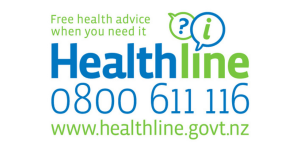Varenicline is a medicine used to help adults stop smoking. It's usually used when nicotine replacement therapy (NRT) or other medicines for stopping smoking haven't been effective.
Varenicline works by blocking the effects of nicotine in the brain. Varenicline can help to reduce craving and withdrawal symptoms while you give up smoking. Varenicline is a tablet, it doesn't contain nicotine and isn't addictive.
In Aotearoa New Zealand this medicine is also called Champix® and is only available on a prescription written by a prescriber.
Read more about how to stop smoking.








